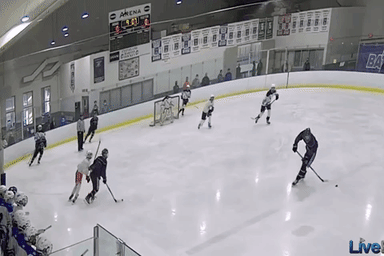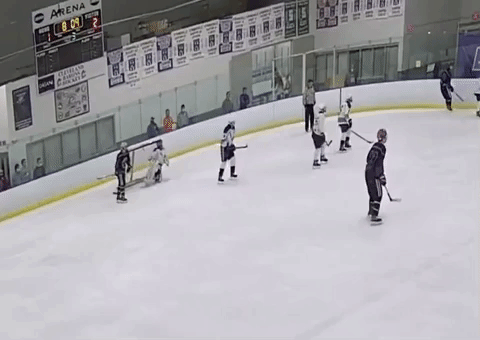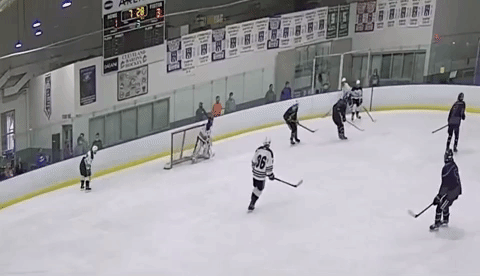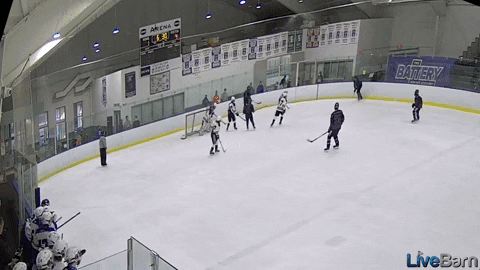Improv(ing) Your Team-Play
What Can Improv Comedy Teach Us About Effective Hockey?
I was recently chatting with my friend Drew Carlson, and we decided to write ‘sister pieces’ about a topic that is tangentially related. You can check out his “Improv(e) Your Coaching” piece over on his newsletter that focuses on hockey coaching.
Hockey Like Improv Comedy
Great hockey is chaotic, like improv comedy. It’s the type of environment where everyone must work together for the betterment of the group.
The first thing you learn in improv comedy is that you are not the most important person… everyone else is the most important. Which in turn means everyone else is working to make you the most important person.
It’s an upward spiral that becomes more and more effective the more everyone buys into being unselfish and working for each other. Sounds like the epitome of a great hockey team, no?
First Period
We all have those games… where our players are going through the motions and it’s ugly to watch. It usually looks something like this, where no one is really working to get open.
These types of plays filled the entire 1st period my team played. Rough.
Intermission
Intermission comes and I’m talking with my assistant Eddie. We agreed that we were dominating play, but weren’t really creating anything. As we all know, playing 1v1 hockey is a low percentage game.
When everyone takes their proverbial capes off and stops trying to be a hero, the entire team (including themselves), are 10x more effective.
Our intermission speech was simple… playmaking is a two-way street: passer + pass receiver. If the pass receivers aren’t working, everything breaks down. We gave some specific ideas of things they can do going forward then sent them out to start period #2.
Second Period
One of our players gets it started by driving hard to the net as F2. You can even tell the moment when it hit him that he thought, “I should drive hard to the net.”
While he didn’t get a point we encourage the behavior and let everyone know that the goal was created by driving the net hard. Positive reinforcement works well and like a global pandemic (too soon?), the great habit started to spread… here is the next shift:
Boom! From down 0-1 to up 2-1 in less than two minutes.
Third Period
This was the easiest intermission speech I’ve ever had to deliver. Simply pointing out the obvious by bringing attention to the positive effect F2 has by driving hard to the net on zone entries.
We finished the game with some nice goals, including our third, where a player won a puck battle and got off the wall. After all, 80% of puck touches start outside the dots. I loved how the player in the middle backs away and drags the defender with him. This is something we’ve worked on.
Our fourth goal was classic forecheck hockey - forecheck pressure by F1, great read of the pass by F2, then great shot to finish by F3 coming down the funnel. Textbook.
The last goal of the game was from a point shot that wasn’t taken. We know that avoiding point shots in search of better shot quality is a good thing. Here is that concept in action.
Post Game
We pose a simple question to the group… “What was the difference between the first half and the second half of the game?”
We worked more off the puck in the second half.
Us coaches follow up with the rhetorical, “Which way is playing is more fun?”
The answer is obvious. Lesson learned.
Further Reading
Did you enjoy this newsletter?
Help us spread the ideas within and share it with the people you care about







